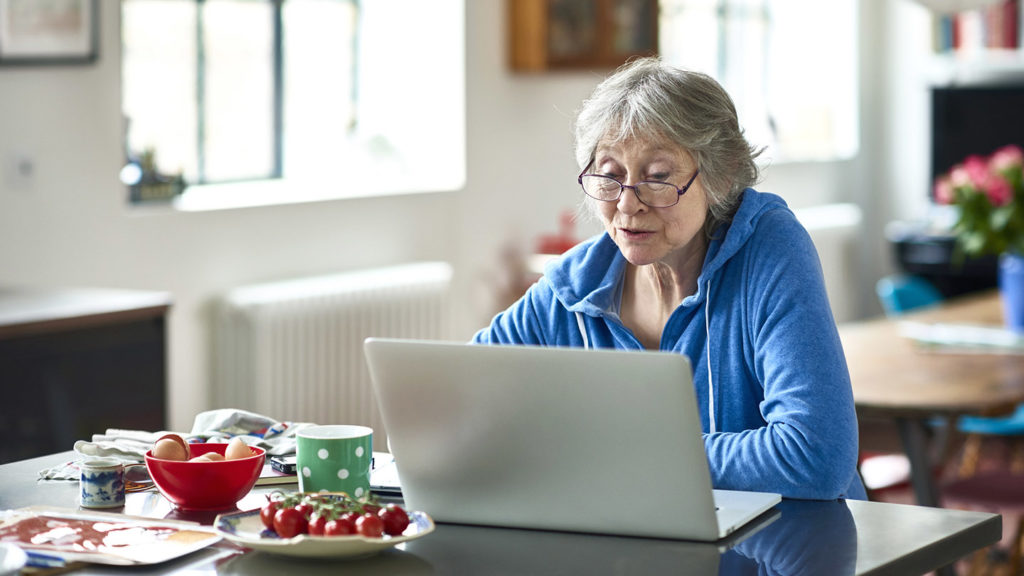
Eye strain is a common condition affecting older adults, particularly as more and more hours are spent on screens such as smartphones and televisions. But blue light filtering glasses may not be an effective solution, a new study shows.
Despite claims from eyewear companies that blue light filtering can alleviate symptoms of eye strain, research involving 17 randomized trials showed no little to no difference between those using blue lights and those who do not.
“Based on the current best available evidence, there is probably little or no effect of blueâ€light filtering lenses on BCVA compared with nonâ€blueâ€light filtering lenses,” the study authors state, adding that “potential effects on sleep quality were also indeterminate.”
For many experts in ophthalmology, the results were expected and the research is a bit of an “I told you so” moment, according to a recent story in the Washington Post.
One study from 2014 even claims that older adults are less susceptible to blue light exposure than members of younger age groups.
That’s not to say excessive screen time isn’t an issue among seniors. Older adults, on average, spend almost 10 hours a day on computers, smartphones or televisions, and even before the pandemic, their screen use had eclipsed that of younger ages.
Some of the most common symptoms of eye strain include dry or red eyes, blurred vision and headaches; those symptoms can be exacerbated for seniors who have eye conditions.
Although excessively staring at screens definitely is a strain on the eyes, it is not the blue light in devices itself that is the main culprit, according to the AARP.
The organization recommends applying eye drops and practicing the “20-20-20” rule of screen time: looking at an object 20 feet away for 20 seconds every 20 minutes of screen time.
Ironically, although blue light within screens remains a point of contention, blue light usage in other areas could be beneficial to older adults, particularly those living in congregate care settings.
Lighting systems that make use of blue light fluctuations to better mimic sunlight cycles indoors can improve seniors’ sleep and help reduce falls, the McKnight’s Clinical Daily reported last year.


